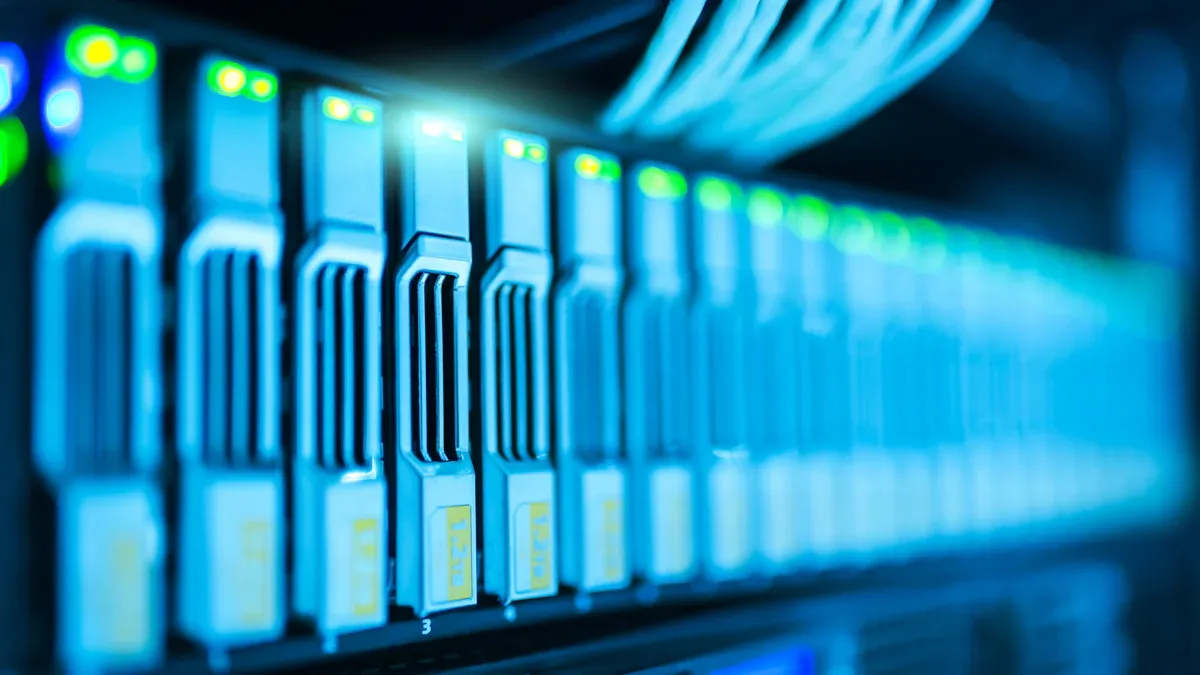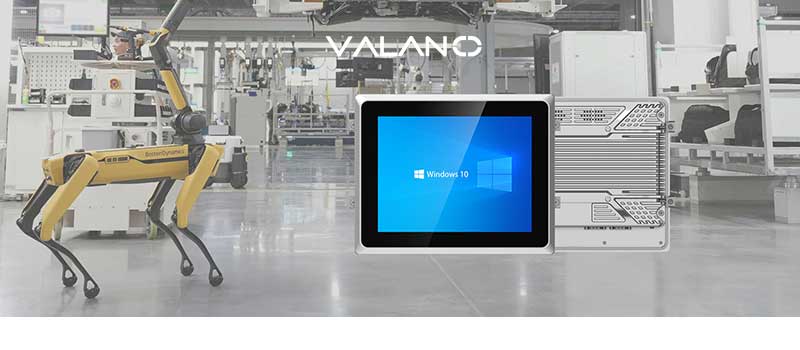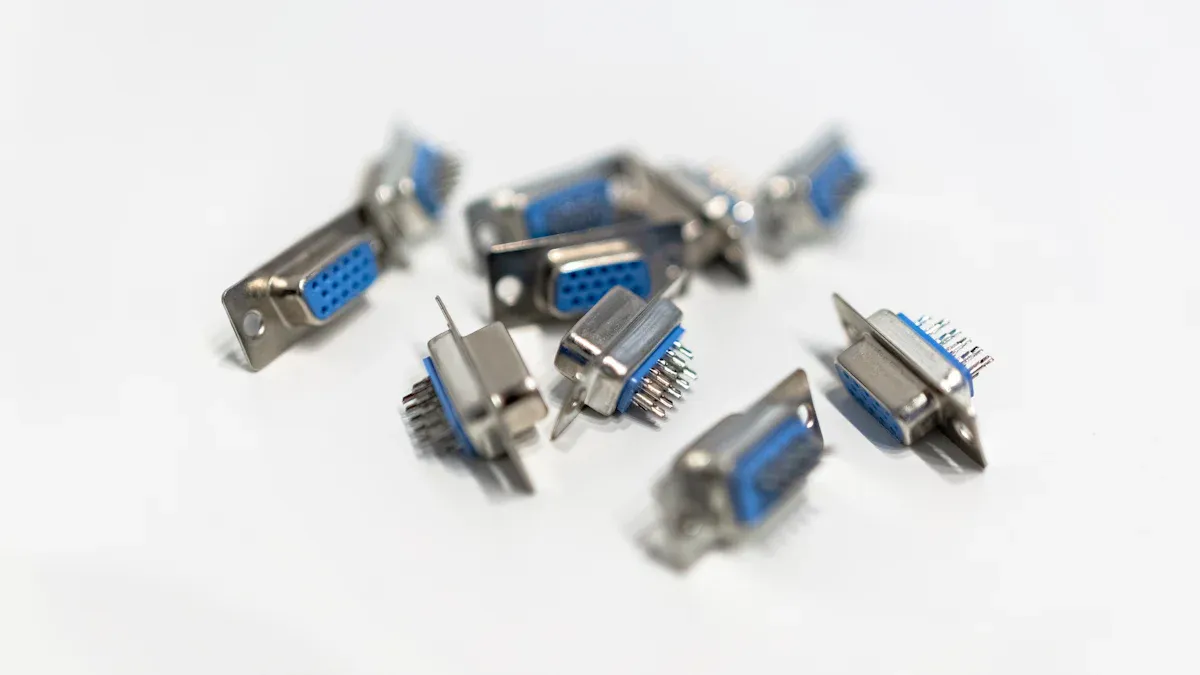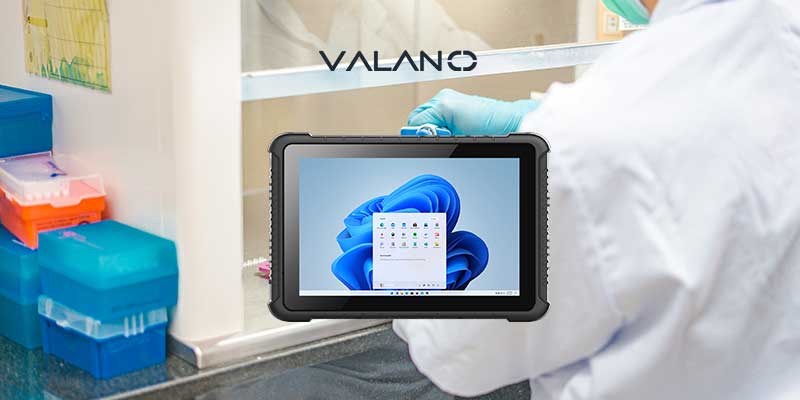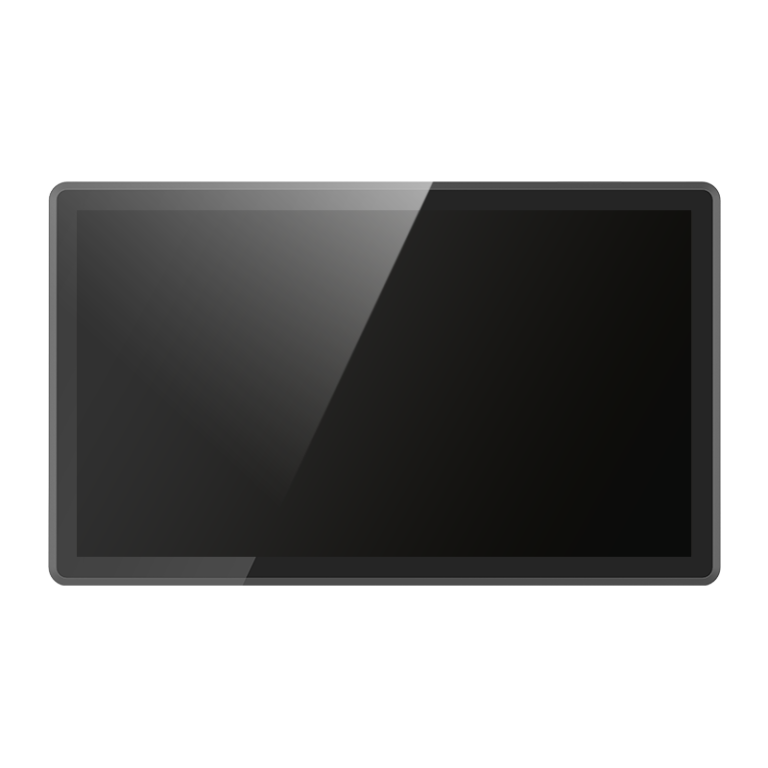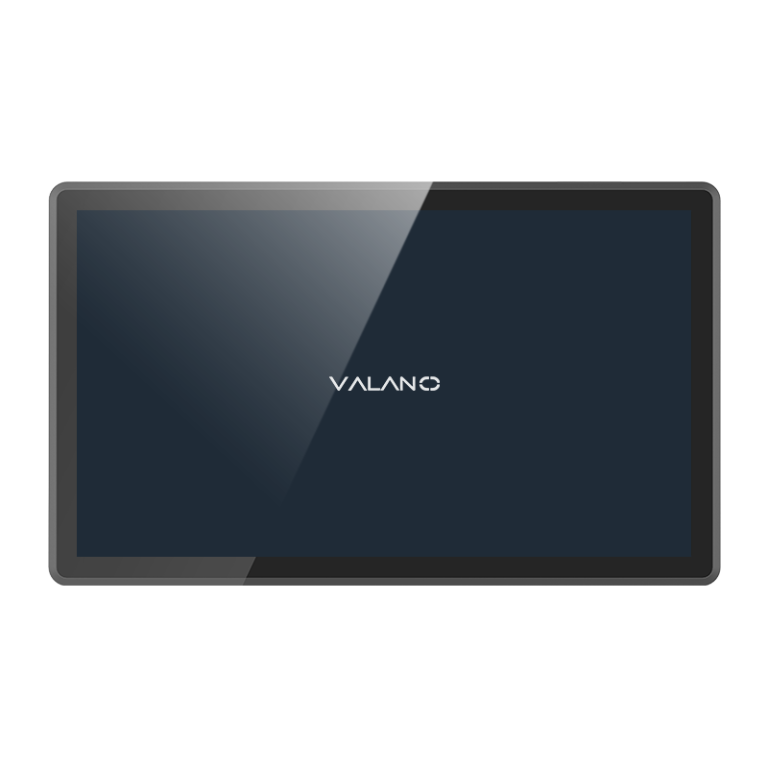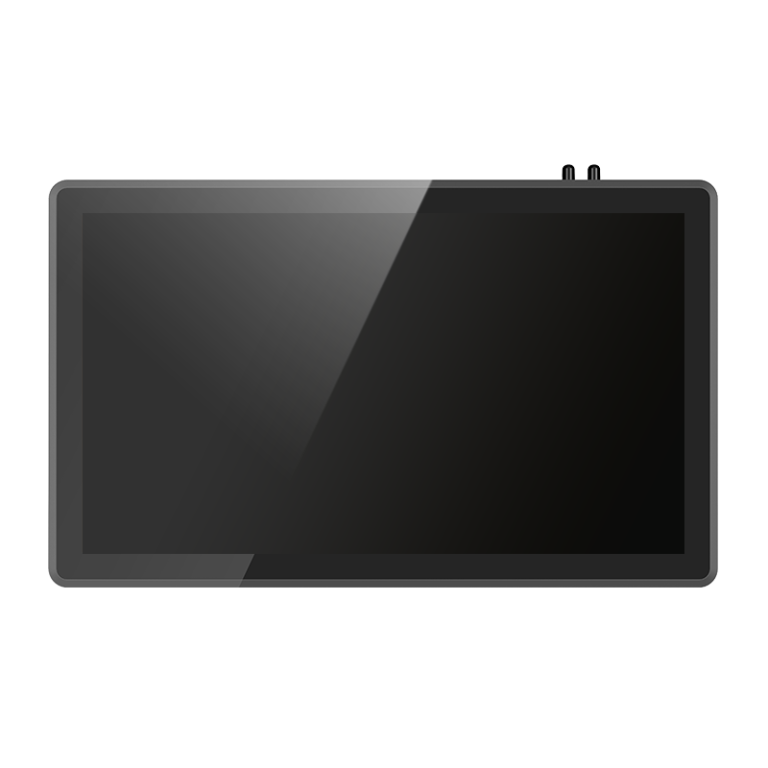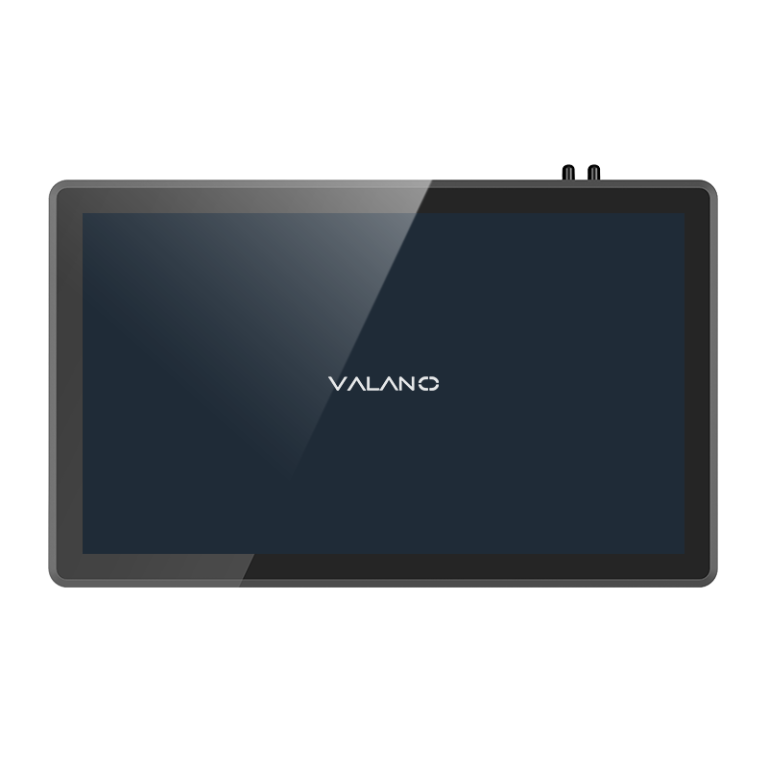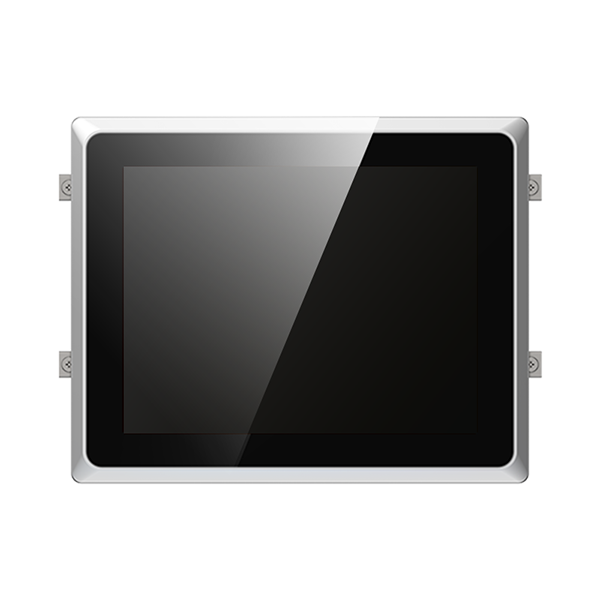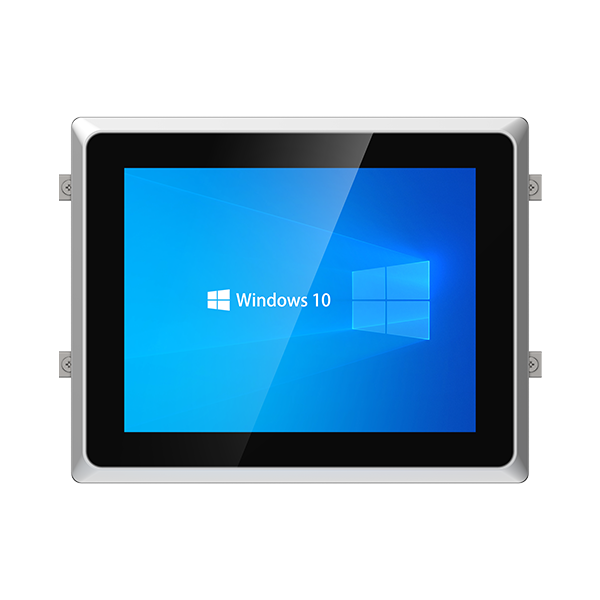
Choosing the right industrial PC touchscreen can significantly enhance manufacturing processes. These industrial PC touchscreens are designed to perform well in challenging environments and are user-friendly. Incorporating an industrial PC touchscreen into your operations can reduce errors, provide critical data swiftly, and increase overall efficiency.
Factories have experienced a 20% increase in production within six months of implementing these systems. The touchscreen feature simplifies tasks, enabling workers to operate machines with precision. These industrial PC touchscreens are robust and reliable, ensuring continuous operation even under tough conditions.
Key Takeaways
Industrial touchscreen PCs help factories work faster and make fewer mistakes.
Pick devices with strong IP ratings like IP65 or IP66 to protect them from dust and water.
Choose the right screen type for your factory. Resistive screens work with gloves, while capacitive screens are more sensitive.
Think about your factory's environment. Make sure the PC can handle heat, cold, and shaking.
Try the touchscreen PC in your factory before buying it to check if it works well for your needs.
Understanding Industrial Touchscreen PCs

What is an industrial touchscreen PC?
An industrial touchscreen PC is a tough computer made for hard jobs. It works in places like factories, warehouses, and outdoor sites. Unlike normal computers, these have strong parts and smart touchscreens. They are built to handle heat, cold, shaking, dust, and water. This keeps them running without stopping. These computers help control machines, check processes, and gather data easily. They are very important for industrial work.
Key features of industrial computers
Industrial computers are made for tough work environments. Here are some key features:
Rugged construction: Strong parts and cases to handle rough use.
Ventless and fanless design: Stops dust from getting inside, needing less cleaning.
Environmental resilience: Works well in very hot, cold, or shaky places.
Comprehensive I/O options: Many ways to connect to other devices.
Extended lifecycles: Lasts a long time, so you don’t replace often.
Durable components: Handles tough conditions and stays reliable.
These features make these PCs great for hard jobs in factories and more. For example, their screens can handle shaking and dirt, making them perfect for production lines.
Differences between industrial and standard PCs
Industrial touchscreen PCs are very different from regular computers. The table below shows some key differences:
Specification Type | Industrial Touchscreen PC | Regular Desktop PC |
|---|---|---|
Environmental Resistance | Waterproof and dustproof (IP65 to IP68) | Not made for tough places |
Display Brightness | Up to 800 nits | 200-300 nits |
Operating Temperature Range | -10°C to 60°C | Small temperature range |
Shock and Vibration Resistance | 1- 2 GRMs and 10-15Gs | Not usually rated |
Connectivity Features | Multiple connectors, eg: PCIe, GPIO... | Basic USB and ports |
These differences show why industrial touchscreen PCs are better for factories. Their strong build and smart touchscreens make them work well, even in tough conditions.
Benefits of Using Industrial Touchscreen PCs
Durability in harsh manufacturing environments
Industrial touchscreen PCs are made to handle tough conditions. They have strong cases that block dust, water, and extreme heat or cold. Their screens, made of reinforced glass or polycarbonate, resist scratches and impacts, lasting a long time. Sealed cables and connectors stop dust and water from damaging important parts, making them last longer.
Tip: Choose industrial PCs with IP65 or IP68 ratings. These prove they are safe and reliable in tough places.
Tests and real-world use show they are very durable. For instance, rugged touchscreens work well in places with strong vibrations or high heat. This makes them perfect for factory floors where regular computers would break.
Enhanced efficiency and user experience
Industrial touchscreen PCs make hard tasks easier and faster. Their easy-to-use screens help workers find menus quickly, lowering mistakes and speeding up work. Typing data is quicker and more accurate than using buttons, improving task precision.
Real-time updates during production help spot problems fast, reducing delays.
Simplified steps save time, letting workers focus on important jobs.
Quick access to key info cuts down time spent searching for details.
These rugged touchscreens work smoothly, even when gloves are worn. This makes them easy to use and reliable in busy workplaces.
Seamless integration with industrial systems
Industrial touchscreen PCs connect easily to your current systems. They work with inventory tools, quality checks, and automation software. This smooth connection boosts productivity and keeps operations running well.
Evidence Type | Description |
|---|---|
Compatibility | Works with tools like inventory and quality systems. |
Productivity Improvement | Makes tasks easier, improving speed and product quality. |
The simple screens of industrial PCs help manage hard tasks better. This easy setup helps workers learn faster and improves overall work efficiency.
Cost savings through reduced downtime
When machines stop, factories lose money fast. Production pauses, and orders may be delayed. Industrial touchscreen computers help avoid these problems. They work reliably and rarely fail. Their strong build lets them survive tough conditions, saving repair costs.
These computers combine many tasks into one device. You don’t need separate tools for monitoring, data collection, or control. This cuts down on equipment costs and makes maintenance easier. For instance, one touchscreen PC can replace several monitors, doing all jobs well.
Their tough design also reduces downtime. They resist dust, water, and extreme heat or cold. This means fewer problems caused by the environment. Plus, they run nonstop without overheating, keeping production smooth.
Using these devices saves money and increases productivity. With fewer breakdowns, workers can focus on meeting goals instead of fixing issues. Over time, this improves output and profits. Many factories using industrial PCs notice better efficiency and lower costs.
Tip: Check and maintain your industrial touchscreen PCs often. This helps them last longer and work better.
Key Considerations for Choosing an Industrial Touchscreen PC
Environmental factors (temperature, dust, moisture)
Think about the conditions in your factory when picking an industrial pc touchscreen. These computers face heat, cold, dust, and water. Regular devices can break, but industrial ones are made to survive tough places.
Pick devices with high IP ratings like IP65 or higher. These ratings show they resist dust and water. For example, an IP69K-rated screen can handle strong water sprays. This makes it great for wet or dusty areas. Also, check if the computer works in your factory’s temperature range. Some can run in freezing -10°C or hot 60°C environments.
Tip: Fanless designs stop dust from entering and causing problems.
Performance specifications (processor, memory, storage)
Your industrial pc touchscreen needs enough power for your tasks. A strong processor helps it run smoothly. Enough RAM and storage let it handle big data easily. For hard jobs like tracking or analyzing, pick a fast processor and at least 8GB of RAM.
The table below shows important performance details:
Specification Category | Key Considerations |
|---|---|
Performance and Specifications | Check processor type, RAM, storage, and OS compatibility. Hard tasks need strong processors and lots of memory. |
Display Size and Resolution | Pick a screen size and resolution that’s clear for work. |
Power Supply | Make sure it works with your factory’s power setup. Wide-range inputs are helpful. |
Focus on these specs to keep your system running well for your needs.
Touchscreen technology (resistive vs. capacitive)
The touchscreen type affects how easy and strong it is to use. Resistive screens are tough and work with gloves or pens. This makes them good for rough factory jobs. Capacitive screens are more sensitive and allow multi-touch gestures, improving user experience.
If workers wear gloves or work in dusty spots, resistive screens are better. For fast and accurate tasks, capacitive screens perform best.
Note: Think about your factory’s needs before choosing a touchscreen type. This helps match the device to your work.
Connectivity options (USB, Ethernet, Wi-Fi)
Industrial touchscreen PCs have many ways to connect devices. They often include USB ports for tools like barcode scanners or extra storage. Ethernet ports give fast and steady internet connections, great for sharing data quickly. Some models also have Wi-Fi, which is useful where cables are hard to use.
When picking a touchscreen PC, check the ports it has. For instance, USB 3.0 ports move data faster than older ones. If your factory uses wired networks, make sure the PC has Gigabit Ethernet for better speed. Wi-Fi is perfect for mobile setups or places needing flexibility.
Mounting styles and installation
How you set up your industrial touchscreen PC matters for safety and ease of use. Two common mounting styles are VESA and yoke mounts. Each has its own benefits:
Mounting Style | Advantages |
|---|---|
VESA Mount | - Works with stands, arms, or wall brackets. |
- Lets you adjust height, angle, and rotation.
- Saves space on desks or floors.
- Easy to install with standard patterns. |
| Yoke Mount | - Can tilt, swivel, or rotate for better views.
- Stays steady and secure.
- Helps reduce neck and eye strain.
- Made strong for tough jobs. |
Pick a mount based on your workspace and needs. VESA mounts are good for small spaces. Yoke mounts are better if you need to move the screen often.
Tip: Follow the maker’s setup instructions. This keeps the PC safe and lasts longer.
Compliance with industry standards and certifications
Industrial touchscreen PCs must meet rules to be safe and reliable. Certifications prove they are ready for specific jobs. Here are some important ones:
Certification | Description | Impact on Market Entry |
|---|---|---|
CE | Checks for safety and electromagnetic compatibility. | Needed in Europe. |
UL | Proves safety for North America. | Required in the U.S. market. |
CCC | Shows it meets China’s rules. | Needed for Chinese markets. |
ATEX/IECEx | Safe for explosive areas. | Important for oil and gas jobs. |
RoHS | Limits harmful materials. | Affects materials and costs. |
When buying a touchscreen PC, check for certifications your job needs. For example, factories in risky areas need ATEX or IECEx-certified PCs. These rules make sure the PC works well and stays safe.
Note: Certified PCs may cost more but last longer and are safer.
Practical Tips for Picking the Right Industrial Touchscreen PC
Know your factory needs
Think about what your factory needs from the touchscreen PC. Check the tasks it will do and the conditions it will face. For example, hot places like metal factories need PCs that handle up to 60°C. Wet areas need waterproof ratings like IP66 or higher.
Also, think about how powerful the PC needs to be. Simple jobs can use a Quad Core Celeron processor. Harder tasks, like analyzing data, need stronger CPUs like Intel® i7. Make sure the screen size and resolution fit your software. For example, food factories often need 1280x1024 resolution for clear views.
Feature | Importance |
|---|---|
Screen Resolution | Needs to match software, e.g., 1280x1024 for food factories. |
Waterproof Rating | IP66 or higher is needed for wet environments. |
Dust Protection | Fanless designs stop dust from harming parts. |
Temperature Range | Must work in heat, e.g., up to 60°C for metal factories. |
Processor Power | Quad Core Celeron works for simple tasks; Intel® i7 is better for harder jobs. |
Knowing your needs helps you pick the right PC easily.
Compare different PC models
After listing your needs, look at different touchscreen PCs. Check things like processor, RAM, storage, and touchscreen type. Resistive screens are good for glove use, while capacitive screens are better for touch sensitivity and gestures.
Here’s a table of common processors and their specs:
Compare these specs to find a PC that fits your factory’s needs. Also, check for USB, Ethernet, or Wi-Fi connections to make sure it works with your current systems.
Talk to experts or suppliers
Ask professionals or suppliers for advice on choosing a touchscreen PC. They can suggest devices that match your needs and save money. For example,ValanoIPC provides custom PCs for warehouses and factories, helping lower costs.
Talking to suppliers lets you test the PC before buying. This ensures it works well in your factory. Ask about upgrades to make sure the PC can grow with your needs.
Plan for scalability and future needs
When picking an industrial panel pc, think about your factory's growth. Manufacturing changes over time, so your equipment must adapt. These pcs are flexible and can adjust to new needs. You can choose different processing power, ports, and screen sizes for specific tasks. This makes sure the pc stays helpful as your factory grows.
You can expand by adding more pcs or connecting extra devices. For example, these pcs work well with inventory and quality systems. This connection shares data instantly, improving teamwork in your factory. As technology improves, new features can be added without replacing everything.
To keep your pc useful, pick one that allows updates and upgrades. This keeps it working with new tools and software. Planning for growth saves money and avoids problems as your factory expands.
Tip: Choose industrial touchscreen pcs that are easy to customize. This helps match the pc to your tasks, boosting productivity.
Test the PC in your environment
Before buying, test the industrial panel pc in your factory. This ensures it works well in your conditions. Check if it handles heat, cold, moisture, and shaking. These tests are important for keeping it reliable in tough places.
Test the touchscreen’s accuracy and speed. A good screen reduces mistakes and works smoothly. If workers use gestures, make sure the pc supports them. Regular checks keep the screen accurate over time.
Also, check if the pc works with your current systems. It should connect easily to your software and tools. Testing helps find problems early, saving time and money later.
Note: Involve your team in testing. Their feedback helps spot issues and ensures the pc fits your needs.
Common Applications of Industrial Touchscreen PCs
Production line monitoring and control
Industrial touchscreen PCs help monitor and control production lines. They show real-time data, letting you track performance easily. You can check production rates and error rates quickly. Operators can spot problems fast and fix them to stay efficient.
Metric | Description |
|---|---|
Real-time data | Keeps track of assembly line performance all the time. |
Production rates | Shows how many items are made each hour. |
Error rates | Tracks how often mistakes happen during production. |
Touchscreen monitors make assembly line tasks simpler. Operators can change machine settings with a touch, saving time. For example, one Manufacturing increased production by 20% in six months using this technology. These PCs show how they boost productivity in factories.
Tip: Pick touchscreen PCs with easy-to-use screens. This lowers mistakes and improves work speed.
Quality assurance and testing
Industrial touchscreen PCs make quality checks better and more accurate. Their precise touchscreens reduce mistakes during inspections. Regular calibration keeps the touch response working well, improving efficiency.
Aspect | Description |
|---|---|
Calibration | Keeps touchscreens accurate, avoiding errors. |
Anti-Glare Coatings | Reduces glare, making screens easier to see. |
Environmental Resistance Tests | Checks if the PC works in tough factory conditions. |
Gesture Recognition | Lets workers use simple gestures for faster navigation. |
These PCs work with smart software to find defects quickly. Anti-glare screens help workers see clearly during checks. By reducing direct contact with machines, they also improve safety during inspections.
Note: Choose PCs that resist dust, water, and heat for tough factory jobs.
Inventory and supply chain management
Industrial touchscreen PCs make managing inventory and supply chains easier. They automate tasks, cutting down on manual data entry time. Their simple screens help workers finish jobs faster.
Tasks are automated, boosting productivity.
Data entry is more accurate, reducing mistakes.
Workers get important info quickly.
Less worker fatigue in busy warehouses.
Touchscreen PCs give workers fast access to instructions, saving time. In food factories, they help spot errors quickly, improving safety. These PCs make supply chain tasks smoother and more efficient.
Tip: Use touchscreen PCs with adjustable screens to fit your inventory needs.
Data collection and analysis
Industrial touchscreen PCs help gather and study data in factories. They collect real-time info from machines, sensors, and production lines. This data shows how things are working and helps fix problems.
Touchscreen PCs make data collection easy with simple screens. Workers can enter info directly without extra tools. For example, they can log production numbers or maintenance updates with a few taps. This reduces mistakes and keeps records accurate.
These PCs also make analyzing data faster. They handle big amounts of info and show it as charts or graphs. These visuals help you quickly find patterns or issues. For instance, you can spot slowdowns in production or check how machines are performing over time.
Tip: Pick touchscreen PCs with built-in analytics tools. This saves time and avoids needing extra software.
These devices also help with predictive maintenance. They study sensor data to warn about problems before they happen. This prevents breakdowns and keeps machines running longer.
Human-machine interface (HMI) systems
Industrial touchscreen PCs work as great human-machine interface (HMI) systems. They let you control machines and processes easily. Their simple design makes hard tasks easier to handle.
Touchscreen displays improve work by showing real-time info and easy controls. Workers can change machine settings, check performance, and respond to alerts quickly. This boosts productivity and lowers mistakes.
Ergonomic studies focus on three things: technology, workspace, and users. Thinking about these makes work safer and easier.
Touchscreen PCs help workers do tasks better with simple screens and live updates.
They also improve safety by giving alerts and allowing remote checks.
Note: Choose touchscreen PCs made for your work area. This ensures they work well and are comfortable to use.
Using HMI systems simplifies work and makes it more efficient. These systems help workers manage machines confidently, improving factory results.
Picking the right industrial pc touchscreen is very important. It helps your factory run better and stay productive. These devices are strong and work well in tough places. When choosing one, think about your factory’s conditions, how powerful it needs to be, and if it meets rules like CE or UL. This way, you save money and get a device that works well for a long time.
Learning about these devices helps you choose wisely. For instance, rugged PCs can track supplies or control robots in factories. Talking to experts or trusted suppliers can help you find the best options. Always test the device in your factory to make sure it fits your needs.
Tip: Choose small designs to save space and make work easier.
FAQ
What is the lifespan of an industrial touchscreen PC?
Industrial touchscreen PCs usually last 5 to 10 years. Their strong build and tough parts make them reliable in hard conditions. Taking care of them and using them properly can make them last even longer.
Can industrial touchscreen PCs work in extreme temperatures?
Yes, many industrial touchscreen PCs work in temperatures from -20°C to 50°C. Some can handle even harsher conditions. Always check the temperature range to match your factory's needs.
Are industrial touchscreen PCs compatible with older systems?
Most industrial touchscreen PCs work well with older systems. They have many connection options like USB, Ethernet, and serial ports. Check if they fit your current hardware and software before buying.
How do I clean and maintain an industrial touchscreen PC?
Use a soft cloth and mild cleaner to wipe the screen. Don’t use rough materials. Check connectors and vents often for dust or dirt. Follow the maker’s care instructions to keep it working well.
Do industrial touchscreen PCs support software upgrades?
Yes, most industrial touchscreen PCs allow software upgrades. This keeps them working with new tools and programs. Pick a model with hardware that can grow with future needs.
Tip: Ask the maker or supplier about upgrade options and compatibility.


